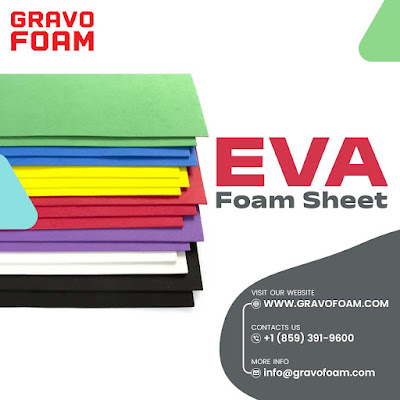The Unseen Hero: Unpacking the Power of XLPE Foam
In the vast world of materials, where innovation constantly reshapes possibilities, XLPE foam stands out as an unsung hero. This versatile, high-performance material, known formally as Cross-Linked Polyethylene foam, is a cornerstone in countless industries, silently contributing to durability, safety, and efficiency. Whether you encounter it as an XLPE Foam Sheet or a convenient XLPE Foam Roll, its unique properties make it indispensable.
What Makes XLPE Foam So Exceptional?
At its core, XLPE foam is a closed-cell foam derived from polyethylene. The "cross-linking" process, which involves creating chemical bonds between polymer chains, is what truly elevates it. This intricate molecular structure results in a material with a remarkable set of characteristics:
-
Superior Durability and Resilience: Unlike conventional foams, XLPE foam boasts enhanced mechanical strength. It's highly resistant to wear and tear, compression, and impact, ensuring a longer lifespan even in demanding applications.
-
Exceptional Thermal Insulation: The closed-cell structure traps air effectively, making XLPE foam an outstanding thermal insulator. This property is crucial for maintaining temperature control in everything from HVAC systems to cold chain packaging.
-
Unrivaled Water and Moisture Resistance: Its closed-cell nature means XLPE foam is virtually impermeable to water and moisture. This makes it ideal for environments where dampness or liquid exposure is a concern, preventing mold growth and material degradation.
-
Chemical and UV Resistance: XLPE foam stands strong against a wide range of chemicals, oils, and solvents, as well as UV radiation. This makes it suitable for harsh industrial settings and outdoor applications without compromising its integrity.
-
Excellent Shock Absorption and Cushioning: Its ability to absorb and dissipate impact energy is a key advantage, protecting delicate items during transit and providing crucial padding in sports equipment and protective gear.
-
Lightweight and Versatile: Despite its strength, XLPE foam is remarkably lightweight, making it easy to handle, transport, and fabricate into various shapes and sizes. It can be customized in different densities and thicknesses to meet specific requirements.
-
Noise Reduction Properties: The dense, closed-cell structure also contributes to sound dampening, making XLPE foam valuable in acoustic applications for noise control in buildings, vehicles, and industrial machinery.
XLPE Foam Sheet: Precision and Protection
When precise dimensions and tailored protection are paramount, XLPE Foam Sheets are the go-to solution. These sheets are easily cut, shaped, and fabricated, allowing for custom inserts in packaging that perfectly cradle fragile or high-value items like electronics, medical devices, and precision instruments. Their consistent thickness and rigidity ensure uniform support and impact absorption, safeguarding products from vibrations, shocks, and pressures during storage and transportation. From industrial gaskets to expansion joints, the sheet format offers robust and reliable material solutions.
XLPE Foam Roll: Efficiency and Adaptability
For applications requiring continuous coverage, lining, or cushioning in high-volume production environments, the XLPE Foam Roll proves invaluable. The roll format offers excellent flexibility for wrapping components, insulating pipes, or creating seamless layers of protection. This format promotes efficiency in large-scale operations, reducing waste and simplifying application processes across diverse industries such as automotive, construction, and sports and leisure.
A Look at the Landscape: XLPE vs. EVA Foam and Finding Suppliers
While XLPE foam boasts an impressive array of benefits, it's often compared to EVA (Ethylene-Vinyl Acetate) foam. Both are closed-cell foams, but key differences exist:
-
Flexibility & Feel: EVA foam tends to be softer and more flexible, making it popular for footwear, yoga mats, and crafts where a softer touch is desired. XLPE foam is generally firmer and more rigid, offering superior structural support and durability.
-
Water Absorption: While EVA foam is water-resistant, XLPE foam is completely waterproof due to its truly closed-cell structure, making it the preferred choice for marine and outdoor applications.
-
Heat & Chemical Resistance: XLPE generally offers better resistance to higher temperatures and a wider range of chemicals compared to EVA foam.
-
Cost: EVA foam is often more affordable, while XLPE foam, due to its advanced properties and manufacturing process, can be slightly more expensive.
The choice between XLPE and EVA depends heavily on the specific application's requirements for flexibility, durability, environmental exposure, and cost.
For those seeking reliable EVA Foam Sheet Suppliers (or XLPE foam suppliers), the market is robust, particularly in industrial hubs. Online B2B platforms, industrial directories like Justdial, and direct manufacturer websites are excellent starting points. Many suppliers offer a range of densities, colors, and customization options to meet diverse project needs.





Comments
Post a Comment